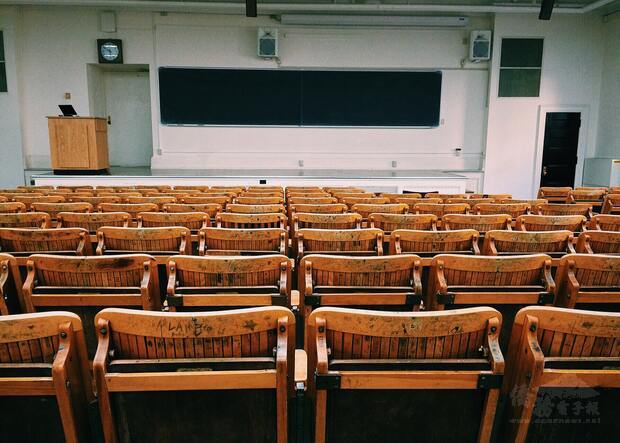
The U.S. State Department announced last August that Confucius Institutes established by the Chinese Communist Party (CCP) in the United States after 2004 would be required to register as foreign missions. Then in October in 2020, Mike Pompeo, the former secretary of state at the time, said he was hopeful that all Confucius Institutes on U.S. campuses would be closed by the end of 2020.
On Jan. 16 of this year, director of the American Institute in Taiwan, W. Brent Christensen, attended a Teaching Chinese as a Second Language conference in Taiwan and encouraged Taiwanese Chinese teachers to step forward and help “fill this gap” left by closed Confucius Institutes.
“We have all read news stories about the closing of many of the PRC’s Confucius Centers in the U.S. Now is the time for Taiwan to step forward and help fill this gap—not only to teach Mandarin and learn English, but to more fully tell Taiwan’s story to their American students,” Christensen said, referring to those in the Fulbright Foreign Language Teaching Assistant Program who will go to the United States to teach Chinese to Americans.
The Confucius Institute traces its genesis to1993 when Chinese scholar Wang Huning introduced the concept of “soft power” to China, a term coined in 1990 by the well-known professor of international relations at Harvard University, Joseph Nye. At that time, Wang published the article “Culture as a National Power: Soft Power,” emphasizing that the wide spread of a country’s culture would bring great power to that country.
In 2007, then-CCP leader Hu Jintao officially put forward the strategic layout of “improving the country’s cultural soft power” during the Party’s 17th National Congress. Subsequently, Confucius Institutes sprang up all over the world, shouldering the task of enhancing the Chinese communist regime. At their peak, there were over 500 Confucius Institutes and 1,000 Confucius Classrooms in more than 160 countries.
But Confucius wasn’t always so popular with the CCP. In its early days, the Party severely criticized the revered philosopher and sage, contrary to long-standing tradition, and praised China’s cruel first emperor Qin Shi Huang. In May 1958, Mao Zedong said in a sarcastic tone at the second plenary session of the CCP’s Eighth Central Committee: “Qin Shi Huang only buried alive 460 Confucian scholars, while we buried 46,000.” During the Cultural Revolution, there was a three-year campaign focused on criticizing Confucius and Confucianism.
The Party line was later changed to one of “respecting Confucius,” and investments were made to widely establish Confucius Institutes in various countries. However, due to the CCP mindset of “power comes out of the barrel of a gun,” whether criticizing Confucianism or respecting Confucianism, it has nothing to do with Confucianism—Confucianism only serves as a tool and means to rule and control the people. Therefore, when Chinese students fought for freedom of the press, freedom of speech, and democracy in Tiananmen Square in 1989, the second and third generations of CCP leaders could simply ignore the Confucian precept of virtue, as well as international public opinion and government concerns. Thousands of Chinese students and civilians were killed by the army in full view of the world.